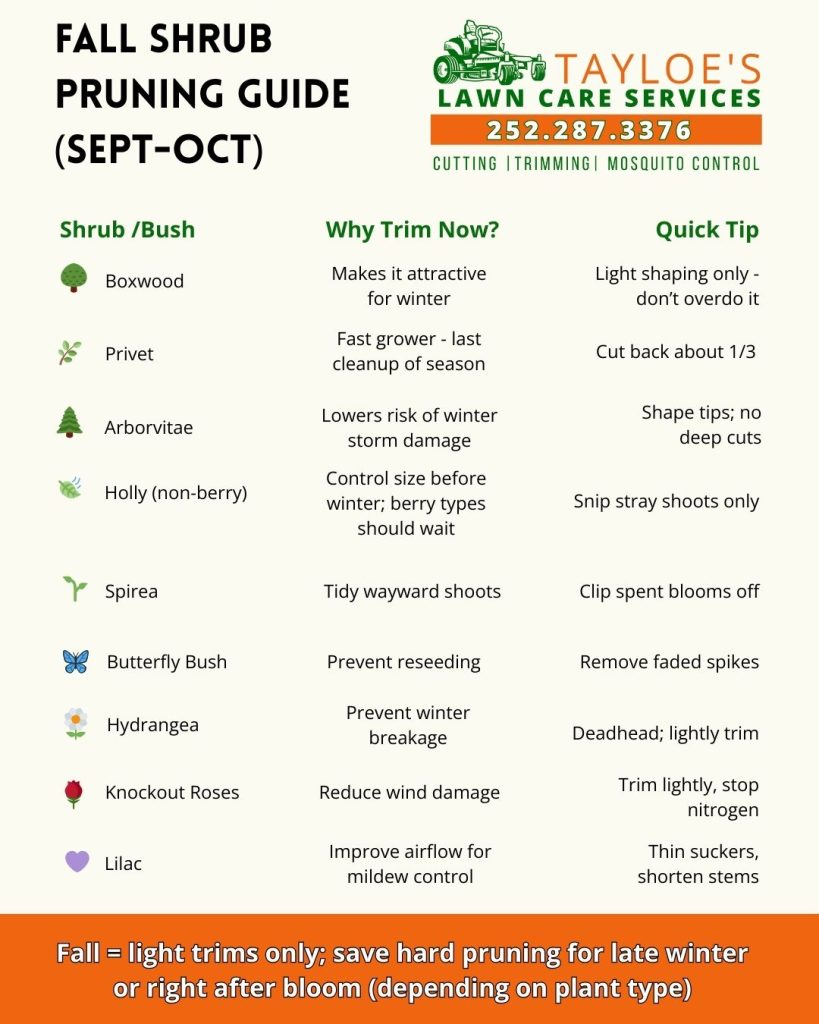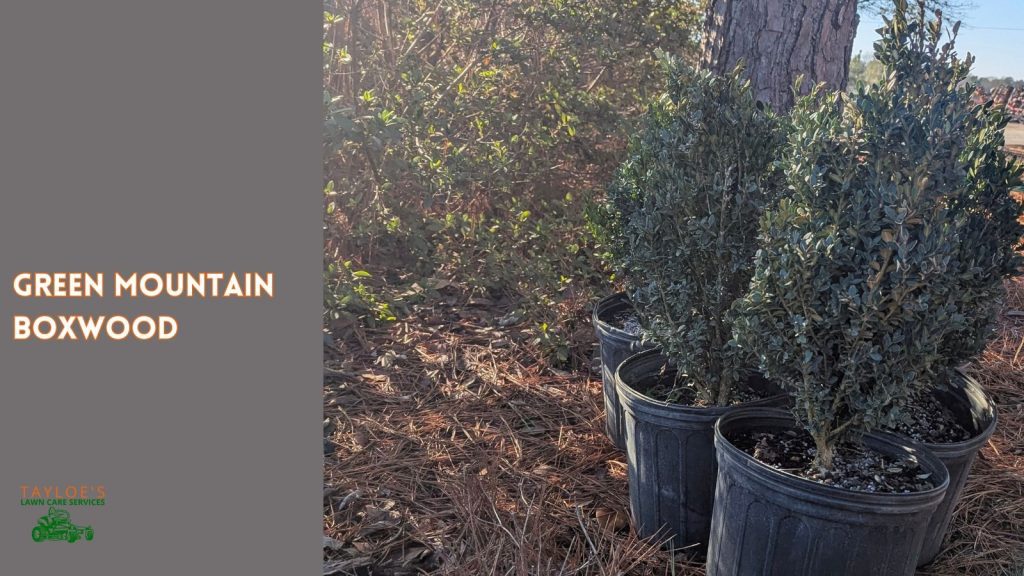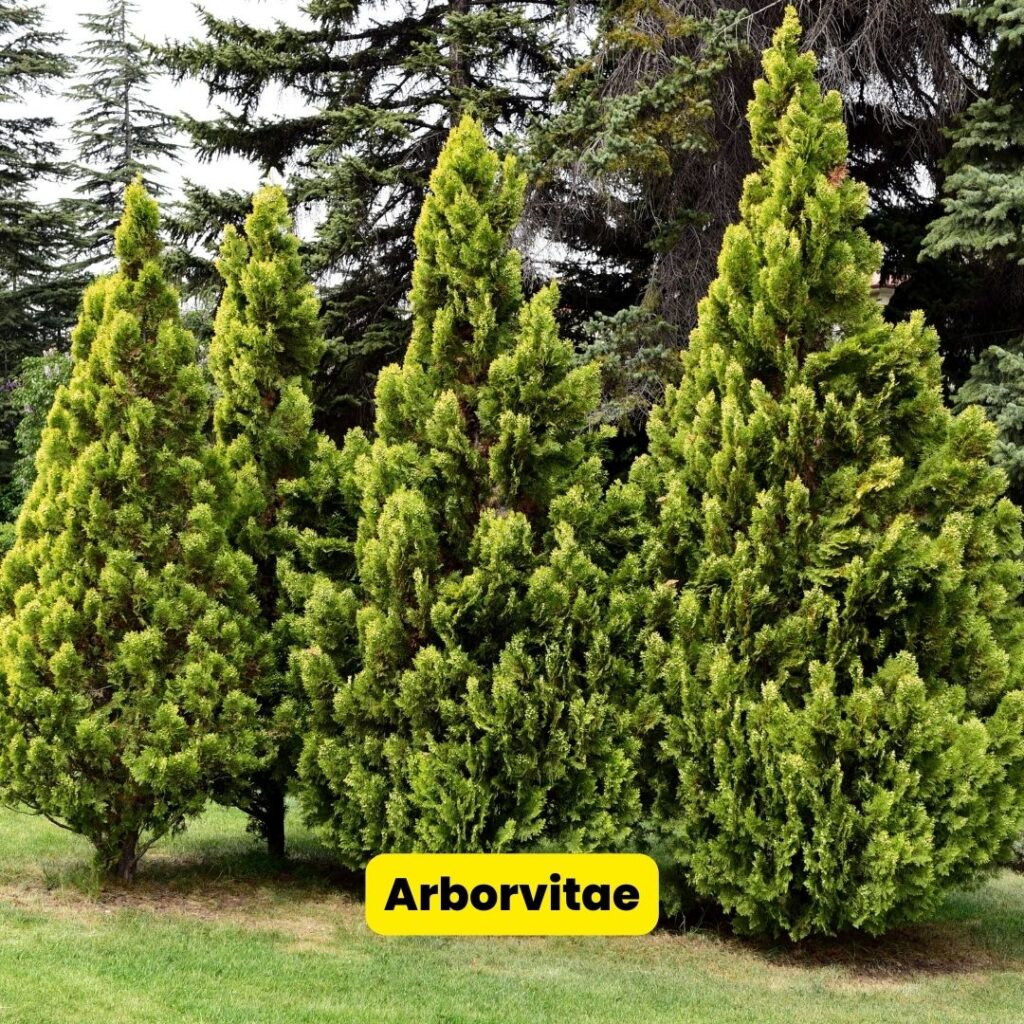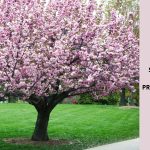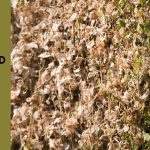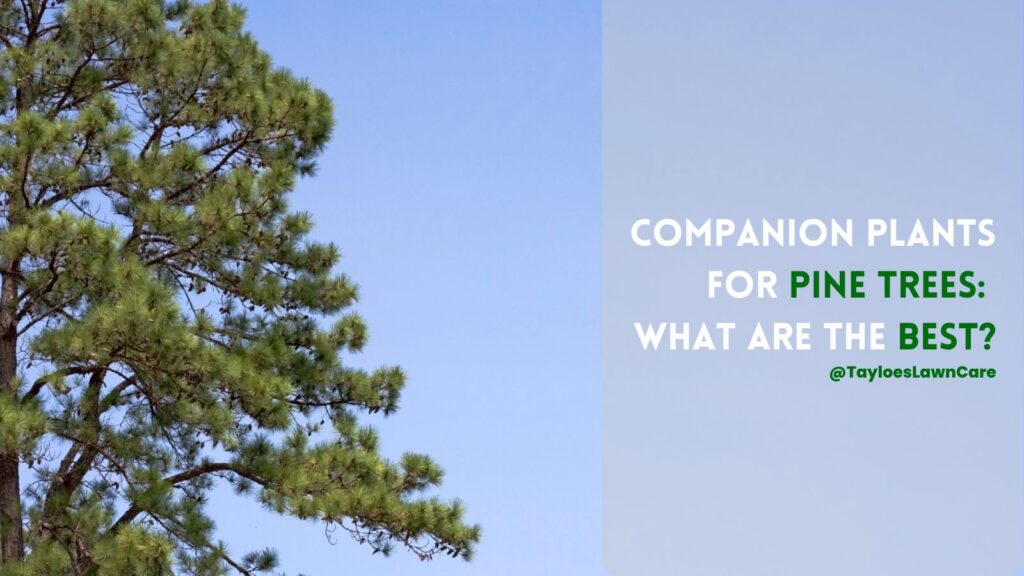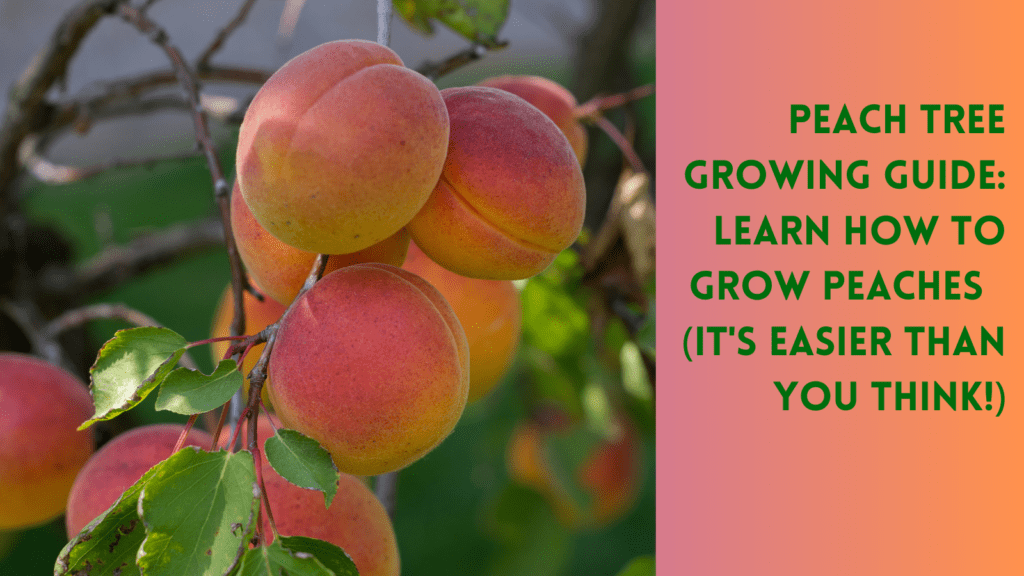Last Updated on: 11th December 2025, 05:13 pm
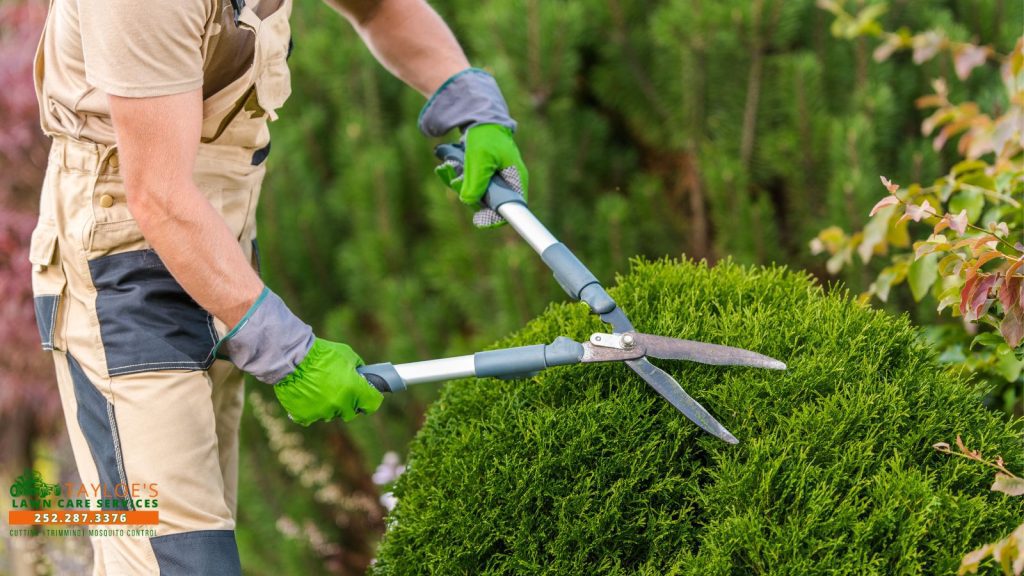
Fall shrub pruning keeps things neat and tidy.
As summer winds down and the days start getting shorter, your landscape begins to shift into its fall rhythm. Lawns slow their growth, leaves start to turn, and many shrubs prepare for dormancy. Fall shrub pruning also helps your garden beds look tidy going into the holiday season. At Tayloe’s Lawn Care Services, we help our neighbors in Bertie County and Hertford County areas keep their landscapes healthy and attractive all year long.
Fall shrub pruning should not mean reshaping your whole yard or cutting plants back hard—that work belongs to late winter or early spring, depending on the plant type. Instead, September and October are about gentle shaping, cleaning up fast growers, and helping plants transition into the cooler months, looking their best.
Below, we’ll walk you through which shrubs to prune now, why it matters, and quick tips to keep your landscape thriving.
This chart gives you an at-a-glance look at fall pruning:
Please continue reading for fuller explanations on fall care for these plants, and bookmark this post to come back for quick reference.
Boxwood 🌳
Why trim now: Boxwoods benefit from a light fall shaping that keeps them looking neat through the winter. It also improves airflow, which helps reduce disease pressure.
Quick tip: Light shaping only—don’t overdo it.
Boxwoods respond well to small snips but don’t handle heavy cuts late in the season. A little cleanup now ensures your hedges won’t look ragged when everything else in the yard goes dormant.
Privet 🌿
Why trim now: Privets are fast growers, and by fall they’ve often stretched out beyond where you want them.
Quick tip: Cut back about one-third.
Giving privet hedges a final trim of the season keeps them tidy until spring. Avoid cutting them down too hard; instead, aim to restore their shape and let them settle before cold weather.
Arborvitae 🌲
Why trim now: Fall is a good time to tidy ragged edges and reduce the chance of winter storm damage.
Quick tip: Shape tips; no deep cuts.
Arborvitae doesn’t regrow from old wood, so avoid cutting back into bare areas. Stick to light shaping along the green tips to keep your evergreens full and lush.
Holly (non-berry types) 🍃
Why trim now: Non-fruiting hollies can be shaped before winter, but berry-bearing varieties should wait so you don’t lose the holiday color.
Quick tip: Snip stray shoots only.
For hollies without berries, fall shaping keeps them compact. If your holly produces berries, hold off until late winter to enjoy their bright red display through the holidays.
Spirea 🌱
Why trim now: By fall, spring-blooming spireas can look a little wild with wayward shoots.
Quick tip: Clip spent blooms off.
Spirea flowers early, so heavy pruning should wait until after their spring bloom. For now, just neaten them up to hold their shape through the cooler months.
Butterfly Bush 🦋🌸
Why trim now: Removing faded flower spikes keeps butterfly bushes from reseeding everywhere.
Quick tip: Remove faded spikes.
This simple step prevents unwanted seedlings and keeps your plant from looking scraggly. Save the major pruning for early spring, when new growth is about to begin.
Hydrangea (Panicle & Smooth) 🌼
Why trim now: These hydrangea types often carry heavy flower heads that can snap under the weight of rain or snow.
Quick tip: Deadhead; lightly trim.
Be careful not to prune bigleaf hydrangeas in fall—those set buds on old wood. Stick to panicle and smooth types, gently deadheading to protect branches.
Knockout Roses 🌹
Why trim now: Fall trimming helps reduce wind damage and disease spread.
Quick tip: Trim lightly, stop nitrogen.
Knockout roses don’t need heavy shaping now, but removing crossing or diseased stems helps them overwinter stronger. Also, stop fertilizing—plants need to focus on hardening off, not new growth.
Lilac 💜🌸
Why trim now: Fall thinning helps improve airflow and reduces mildew issues, which lilacs are prone to in our humid North Carolina climate.
Quick tip: Thin suckers, shorten stems.
Lilacs should never be cut back hard in fall since they bloom on old wood. Stick to removing weak suckers at the base and shortening long stems for balance.
The Rule of Thumb for Fall Shrub Pruning
Fall pruning should always be about light touches. Over-pruning at this time of year can stimulate tender new growth that won’t survive the first hard frost. The goal is to achieve neatness, prevent disease, and keep shrubs manageable until it’s time for heavier pruning in late winter or immediately after spring bloom (depending on the plant).
Think of fall pruning as your garden’s “cleanup haircut.” A snip here and there helps your plants enter dormancy looking cared for, without setting them back when growth resumes next year.
Need a Hand with Fall Shrub Pruning?
At Tayloe’s Lawn Care Services, we’ve built our reputation as award-winning landscapers right here in eastern North Carolina. We know Zone 8a, we know your plants, and we understand the right timing to keep them at their best.
Whether you need seasonal pruning, lawn maintenance, or mosquito control, our team is ready to help you enjoy a yard that looks great year-round.
📞 Call us (or text!) today at 252-287-3376 and let’s get your landscape in shape this fall.
Author Profile

- Deborah Tayloe is the CEO and co-founder of Tayloe's Lawn Care Services, LLC. She has a B.S.Ed and holds certificates in soil and water management and herbology from accredited programs.
Latest entries
 GardeningSeptember 27, 2025What perennials, shrubs, and trees don’t like fall pruning (and why)?
GardeningSeptember 27, 2025What perennials, shrubs, and trees don’t like fall pruning (and why)? Trees and ShrubsSeptember 14, 2025Fall Shrub Pruning Guide (September–October)
Trees and ShrubsSeptember 14, 2025Fall Shrub Pruning Guide (September–October) Trees and ShrubsApril 22, 2025Boxwood Blight: Early identification and isolation
Trees and ShrubsApril 22, 2025Boxwood Blight: Early identification and isolation Flower GardenApril 8, 2025John F. Kennedy Rose: Hybrid tea rose with elegant white blooms
Flower GardenApril 8, 2025John F. Kennedy Rose: Hybrid tea rose with elegant white blooms

